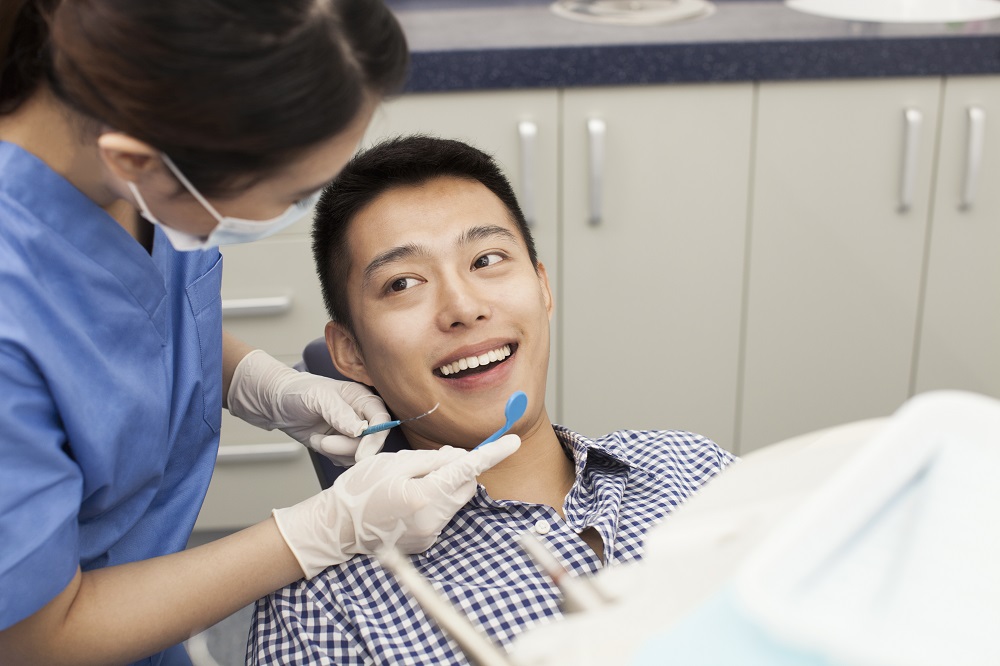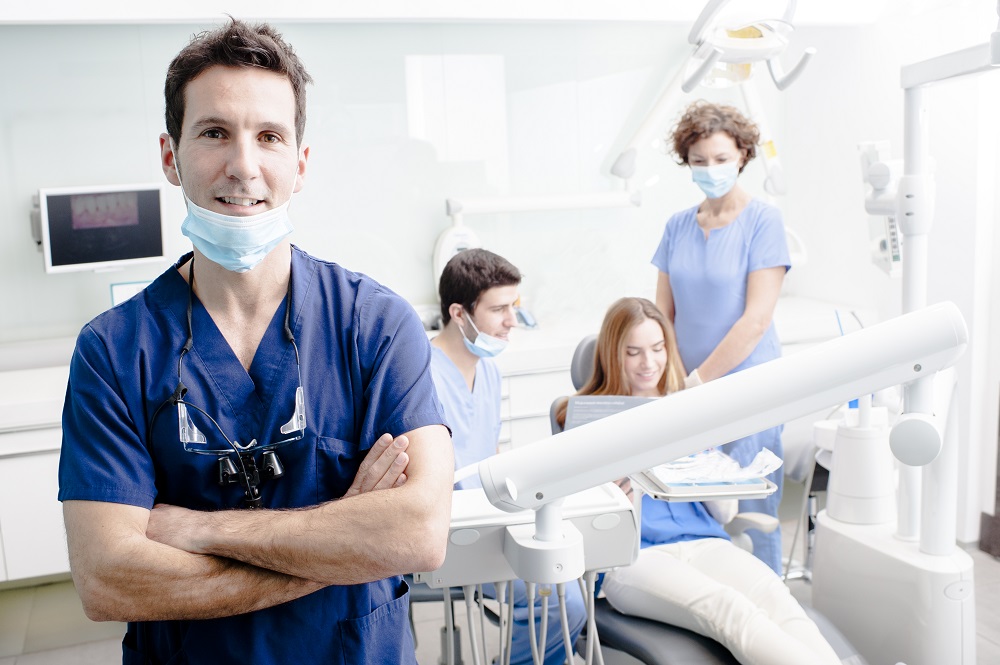An Orthodontist in Liverpool is a suitably trained dental practitioner dedicating their skills to helping patients improve the functionality of their bite, correct crooked teeth issues as well as reduce uncomfortable symptoms associated with jaw problems.
Trends driving adult orthodontic treatments in UK society
For a long time, adults have avoided addressing issues with the functionality or appearance of their teeth through dental devices such as braces, for varying reasons; but this no longer holds atrue according to reports by dental professionals in the UK. A research study released by the British Orthodontic Society (BOC) highlights the rise in the demand for adult orthodontic treatments – 75% of orthodontists have relayed that they have recently seen a dramatic rise in adult patients looking to correct issues with their teeth. This change in adult patients’ attitude to orthodontic treatment is worthy of taking a closer look into what has brought this about.
Factors that influence adult orthodontic care

Dental devices whether they be fixed or removable appliances are commonly used by dental practitioners due to their efficacy in producing desired results at the end of the treatment process. Adult patients are motivated to choose orthodontics to receive benefits such as the following:
The desire to feel more confident
Self-confidence has become a trait that is synonymous with success be it in professional lives or social relationships – people who exhibit positive self-esteem find the courage to put themselves ‘out there’ or to ‘grab the bull by the horns’ whether it be in a business opportunity or relationship. This courage is emboldened if they feel positive about the way they look – youthful appearance, straighter teeth, etc.
Advance oral health
Patients are not first aware of the implications of misaligned teeth and how this dental condition can impact oral health until they understand that there is a greater opportunity for food particles to get trapped in between crooked teeth and accumulate there. The risk of poorly positioned teeth leaves the mouth susceptible to bacteria and germs that cause gum disease and other conditions. An end goal of teeth-straightening treatments is to make teeth and gums easier to clean.
Relieving misaligned bite symptoms
Jaw pain and difficulties in chewing and biting are some of the common symptoms linked to misaligned bites. To help patients relieve such symptoms, an orthodontist may conduct an oral exam to determine how dental braces can be used to bring the dental arches and all the interconnected components into the correct position. A correct bite will allow a patient to eat, speak and even smile with ease.
Proficient dental practitioners will factor in the patients’ needs and goals before suggesting all available orthodontic treatment options suitable for that patient to choose from. This is important to ensure patients remain in control of how they go about obtaining the dental care that they need. Some types of orthodontic devices, like the very fashionable Invisalign plastic trays, have conditions attached to their use which experienced dental practitioners can advise on.

